
One things is for sure about the .357 Sig cartridge: velocity makes a big difference. It’s tough to find a .357 Sig load that doesn’t expand, even after encountering barriers.
.357 Sig is my favorite pistol cartridge. I don’t really know why, I just think it’s cool. Well, seriously speaking, it is a screamer with great street performance and the bottleneck design helps not only velocity, but feeding reliability.
Developed by a pas de deux featuring Sig Sauer and Federal Ammunition in 1994, it’s loosely based on a necked down .40 S&W cartridge – conceptually anyway. The idea of .357 Sig ammo is to launch a .355 caliber bullet form an autoloading pistol a few hundred feet per second faster than a 9mm cartridge can.
With that said, consider these interesting facts about the .357 Sig…
It’s like a .357 Magnum, but not really.
You’ll hear descriptions of the caliber like “it offers .357 Magnum capability in an autoloader that’s not a Coonan.” That’s partially true, if you’re talking about a .357 Magnum firing a 125 grain bullet. DoubleTap Ammunition markets 125 grain .357 Sig loads that clock 1,525 feet per second from a 4 ½ inch barrel. That’s about 645 foot-pounds of muzzle energy, and within .357 Magnum territory for a 125 grain projectile. The ‘not really’ part comes into play when you consider 158 grain .357 Magnum loads. DoubleTap also produces a 158 grain .357 Magnum load that achieves 1,540 feet per second from a 6-inch barrel revolver. That’s about 832 foot-pounds.
It’s like a 9mm on steroids, but not really.
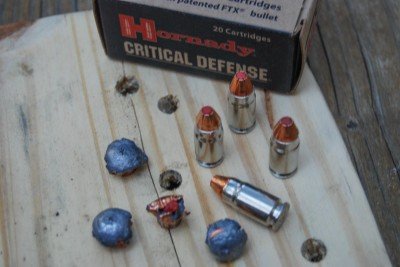
Not many 9mm loads would expand like this after passing through a pine board.
The .357 Sig uses a .355 inch diameter bullet like the 9mm, not a .357 diameter bullet like the .357 Magnum and .38 Special. While the bullet diameter is the same as the wonder nine, most .357 Sig projectiles are shaped differently.
To take maximum advantage of the limited case neck real estate in the bottleneck portion of the cartridge case, many .357 Sig projectiles do not have elongated noses like 9mm designs. The bullet body, or bearing surface, will be long enough so that when seated to the proper depth, every bit of the case neck will be in contact with the projectile. Remembering that the overall cartridge length still needs to remain in spec, this means the nose will generally have more of a blunt profile.
Some 9mm bullets will work and some won’t. If you reload, be careful about this as bullets with the wrong profile are susceptible to pushing back into the case during feeding or recoil, thereby generating dangerous pressure levels.
Read the rest at Guns America!
Be sure to check out Tom’s latest books! They are ON SALE now for a limited time!






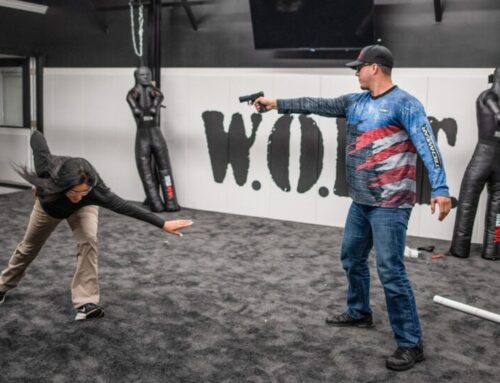
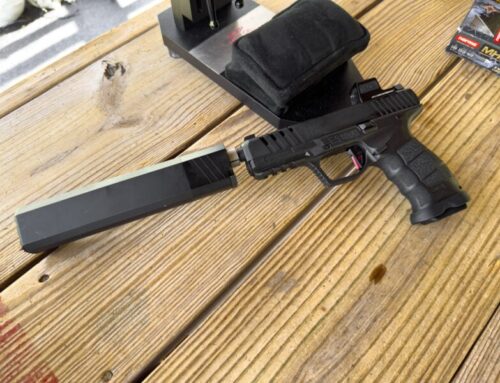
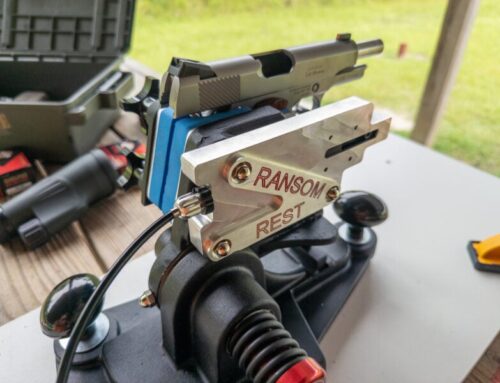
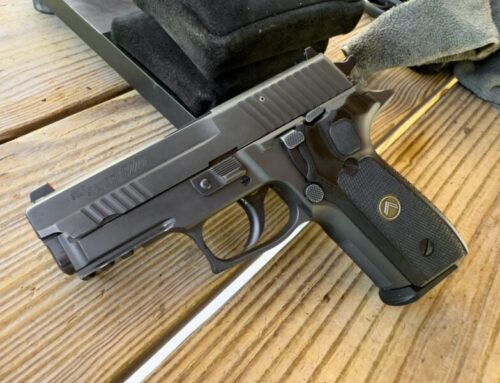
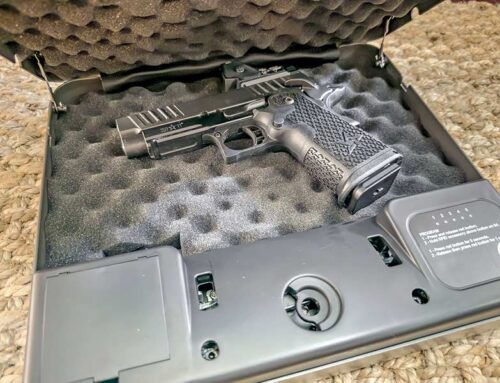
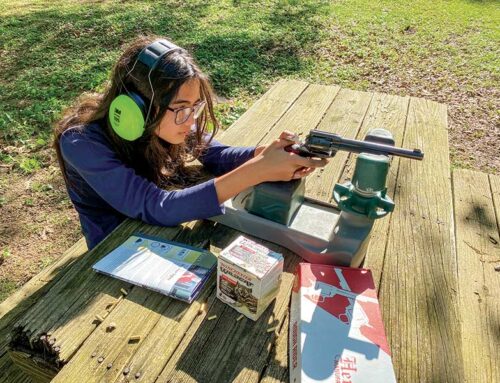
Leave A Comment